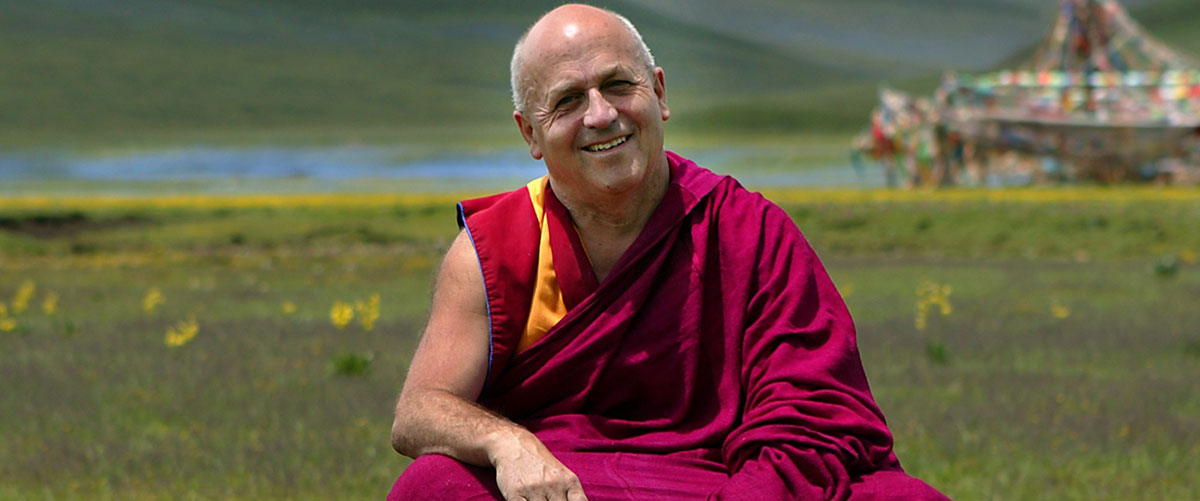Biography
Matthieu Ricard is a Buddhist monk who has lived in the Himalayan region for the last fourty-five years. Born in France in 1946, as the son of philosopher Jean-François Revel and artist Yahne Le Toumelin. He earned a Ph.D. in cell genetics at the Pasteur Institute under Nobel Laureate Francois Jacob. He traveled to the Himalayas in 1967 and has studied with some of the greatest masters of Tibetan Buddhism. He is the author of The Monk and the Philosopher, a dialogue with his father, Jean-François Revel; The Quantum and the Lotus, a dialogue with the astrophysicist Trinh Xuan Thuan; Happiness: A Guide to Developing Life’s Most Important Skill, Why Meditate?; Altruism: The Power of Compassion to Change Yourself and the World and A Plea For The Animals. As a photographer, he has also has published several photos books, including Motionless Journey: From a Hermitage in the Himalayas. (See http://www.matthieuricard.org).
He is an active participant in scientific research on the effects of meditation on the brain, working in conjunction with the Mind and Life Institute, and has been the French interpreter for the Dalai Lama since 1989. He lives at Shechen Monastery in Nepal (See www.shechen.org) and donates all proceeds from his books and much of his time to 200 humanitarian projects in Nepal, India and Tibet (www.karuna-shechen.org) and to the preservation of the Tibetan cultural heritage (www.shechen.org).
.
A few considerations on the Buddhist view of consciousness and of reality
Abstract
Buddhism’s conception of consciousness is radically different from Cartesian dualism, which postulates on one side a truly existing solid material reality and, on the other side, a completely immaterial consciousness, which cannot have any connection with matter. For Buddhism, the matter/consciousness duality is a false problem given that neither of them has an intrinsic, independent existence. The Buddhist analysis of phenomena recognizes that all phenomena, whether animate or inanimate, lack intrinsic reality and are equally devoid of autonomous, ultimate existence. Thus, a merely conventional difference exists between matter and consciousness, but the latter is not reduced to the former.
Buddhism consider consciousness to be a primary fact. When one investigates the material world, one eventually comes down to elementary particles and finally to the quantum vacuum. Leibniz’s question, “Why is there something, rather than nothing?” can’t be really answered. One simply has to acknowledge the presence of phenomena. One can make a similar investigation of our subjective experience, without which we can’t even talk about consciousness. If one does so introspectively, one arrives at pure awareness, basic consciousness, the most fundamental aspect of cognition. This is sometimes called the “luminous” aspect of mind. Here, too, one cannot go further and simply have to acknowledge pure awareness as a primary fact. Consequently, if one only investigates consciousness from the third person’s perspective, there is no solution to Chalmers’s “hard problem.”
Each stream of consciousness is unique and, according to Buddhism, there is not such things has shared consciousness, even though there have been numerous testimonies of Buddhists practitioners being aware of the content of someone’s else mind.
The Buddhist view that phenomena appears while being devoid of intrinsic, autonomous, existence and that it is precisely because they are devoid of intrinsic existence that they can appears in multifold and impermanent ways through interdependent arising implying an infinite web of relationships, is not without similarities to the views of Quantum physics.
